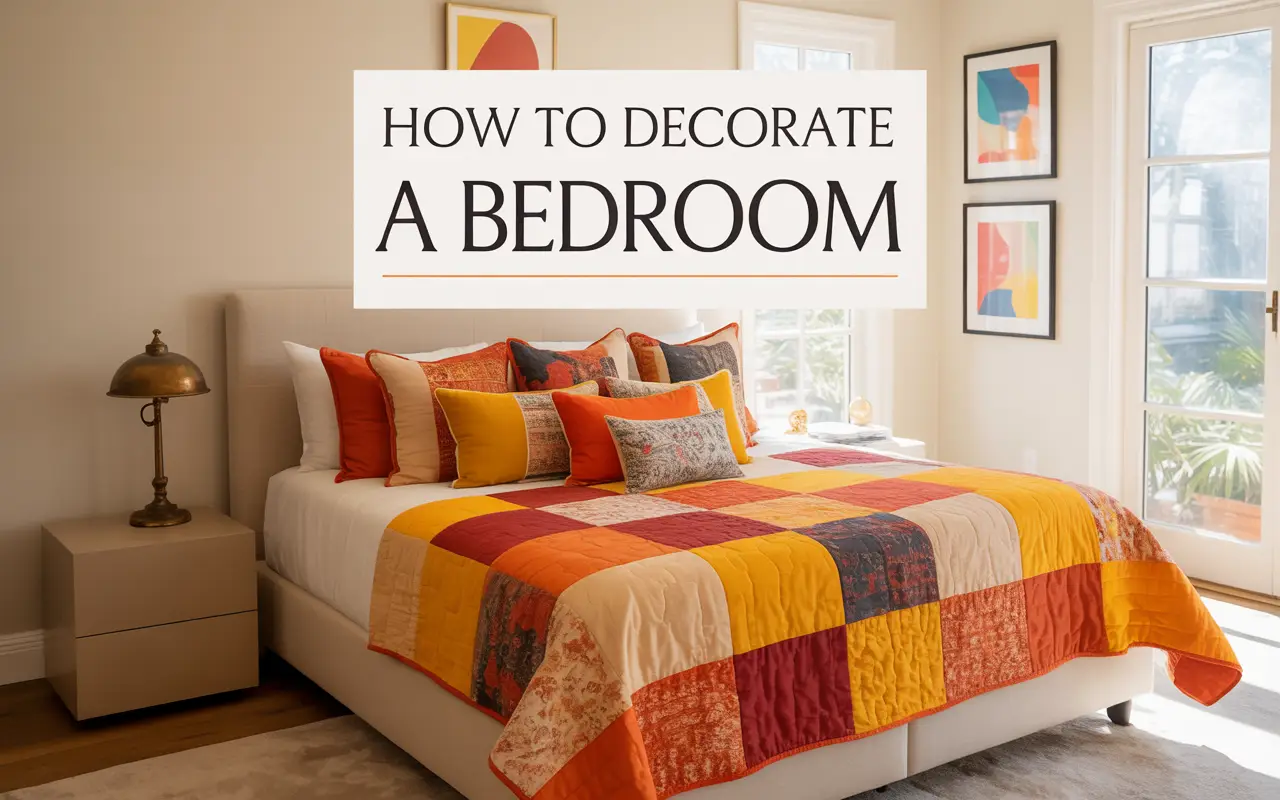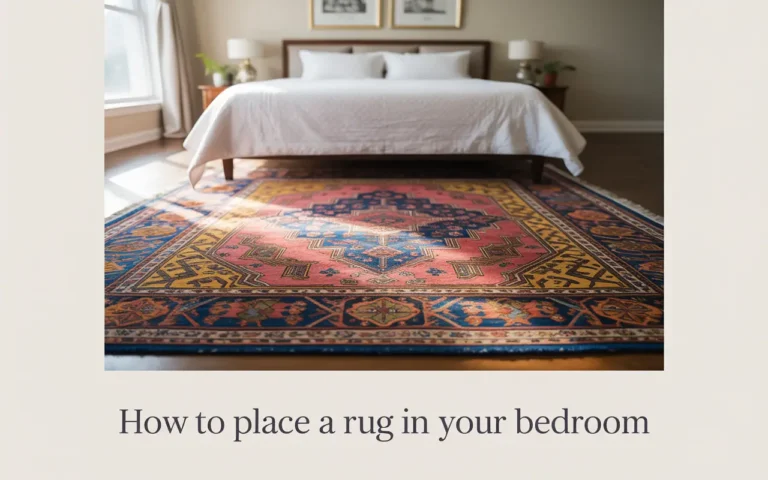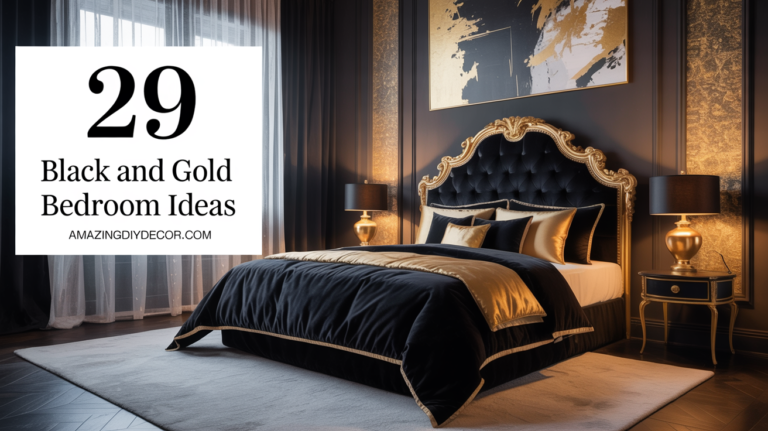How To Decorate A Bedroom: From Layout to Finishing Touches
Your bedroom should be more than just a place to sleep—it’s your personal retreat from the chaos of daily life. Whether you’re starting from scratch or refreshing an existing space, decorating a bedroom requires thoughtful planning and attention to detail. The right design choices can transform any bedroom into a calming sanctuary that reflects your personality while promoting restful sleep.
Creating a beautiful bedroom doesn’t require an unlimited budget or professional designer. With strategic planning and creative touches, you can craft a space that feels both luxurious and authentically you. From selecting the perfect color palette to incorporating meaningful personal touches, every element plays a role in creating harmony and comfort.
The key to successful bedroom decorating lies in balancing functionality with aesthetics. Your space needs to serve practical purposes—sleeping, getting dressed, storing belongings—while also providing visual pleasure and emotional comfort. This comprehensive guide will walk you through fourteen essential steps to create a bedroom that’s both beautiful and functional.
Table of Contents
Start with a Clear Vision
Before purchasing a single item or painting a wall, establish a clear design vision for your bedroom. This foundational step prevents costly mistakes and ensures all your decorating choices work together harmoniously. Consider what atmosphere you want to create: Do you gravitate toward the clean lines and neutral tones of minimalist design, or does the layered textures and earthy colors of boho style speak to you?
Modern bedrooms emphasize sleek furniture, geometric patterns, and a monochromatic color scheme, while rustic designs celebrate natural materials, vintage pieces, and warm, cozy textures. Luxury styles incorporate rich fabrics, metallic accents, and statement pieces that create an opulent feel. Take time to browse design magazines, Pinterest boards, and Instagram accounts to identify what resonates with you.
Create a mood board or collection of inspiration images to guide your decisions. This visual reference will help you stay focused when shopping and ensure consistency throughout your decorating process. Remember that your bedroom should reflect your personal style while promoting relaxation—choose a theme that feels authentic to you rather than following fleeting trends.
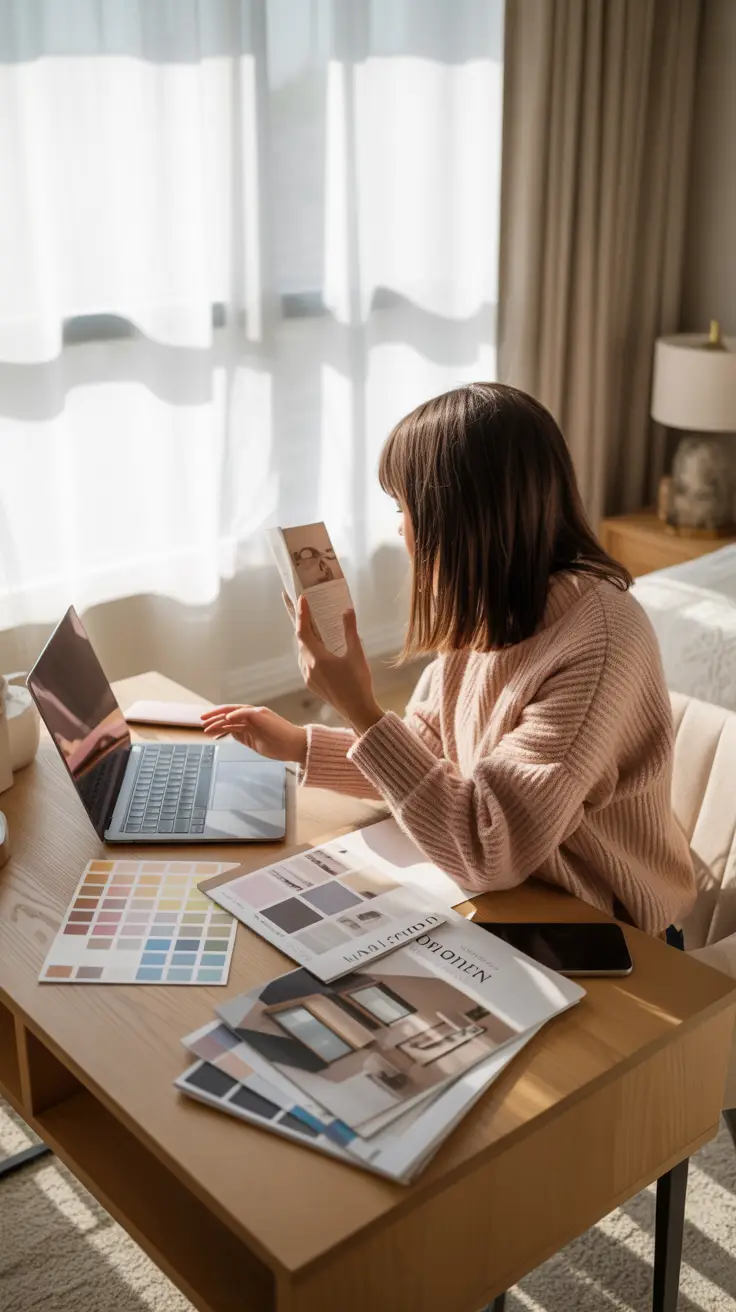
Choose a Calming Color Palette
Color profoundly impacts mood and sleep quality, making your palette selection crucial for bedroom success. Soft, muted tones generally work best for bedrooms because they create a serene environment conducive to rest. Consider sage green, which brings nature indoors while maintaining sophistication, or warm beige tones that provide versatility and timeless appeal.
For those who prefer deeper hues, navy blue creates a cocoon-like atmosphere that feels both dramatic and restful. Dusty pink offers a romantic touch without being overwhelming, while soft gray provides a neutral backdrop that allows your furniture and accessories to shine. Even bold colors can work in bedrooms when used thoughtfully—consider painting an accent wall rather than the entire room.
Think beyond just wall color when planning your palette. Your bedding, curtains, furniture, and accessories should all work within your chosen color scheme. A successful bedroom color palette typically includes three to four colors: a dominant neutral, a secondary supporting color, and one or two accent colors used sparingly throughout the space. This approach creates visual interest without overwhelming the senses.
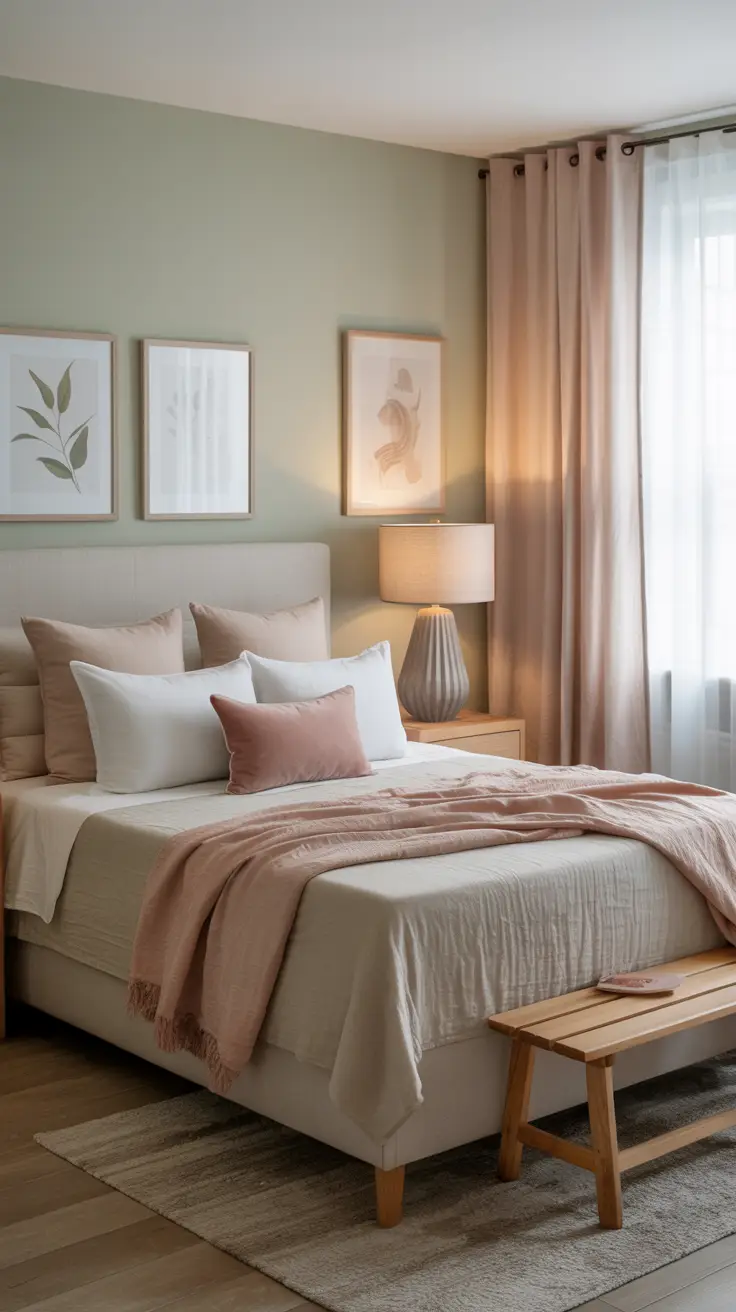
Select the Right Bed and Headboard
Your bed serves as the bedroom’s focal point, so choosing the right style and size is essential. The headboard significantly impacts your room’s overall aesthetic—upholstered headboards add softness and comfort, perfect for those who enjoy reading in bed. They come in countless fabric options, from luxurious velvet to practical linen, allowing you to introduce color and texture.
Wooden headboards bring natural warmth and work well with both rustic and modern design schemes. They’re available in various finishes, from rich mahogany to light oak, and can feature simple or intricate detailing depending on your style preferences. Canopy beds create a dramatic focal point and work particularly well in bedrooms with high ceilings, though they can overwhelm smaller spaces.
Consider your room’s proportions when selecting bed size and style. A king-size bed might dominate a small bedroom, leaving little room for other furniture, while a twin bed could look lost in a large master bedroom. Platform beds work well in modern spaces and can include built-in storage, while traditional bed frames allow for under-bed storage solutions. Remember that your headboard should be proportional to your bed size and room dimensions.
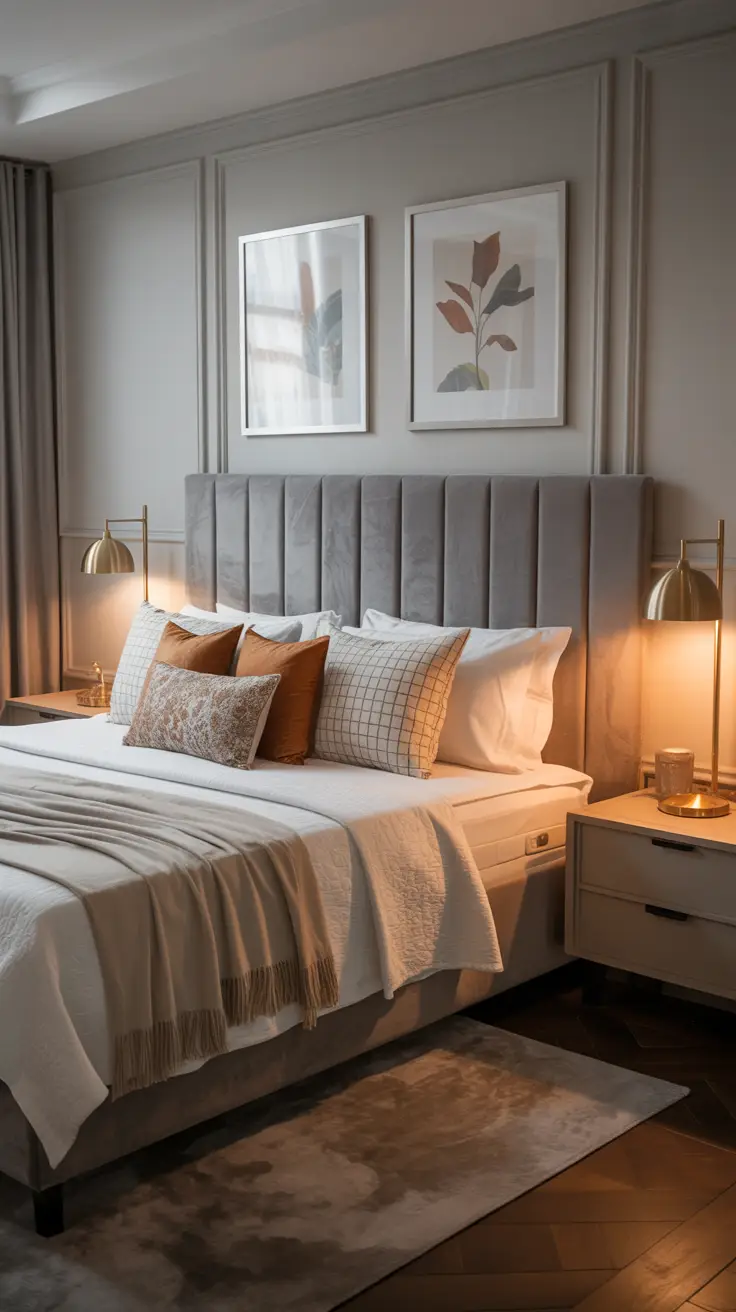
Layer Your Bedding for Comfort and Style
Quality bedding transforms both the look and comfort of your bedroom. Start with high-quality sheets in a breathable material like cotton or linen. Cotton percale offers crisp, hotel-like comfort, while cotton sateen provides a silky smooth feel. Linen sheets bring casual elegance and improve with each wash, developing a beautifully relaxed texture.
Layering creates visual interest and allows you to adjust comfort based on seasons and personal preferences. Begin with your fitted and flat sheets, add a lightweight blanket or coverlet, then top with a duvet or comforter. A throw blanket at the foot of the bed adds another layer of texture and warmth while providing easy access for chilly evenings.
Pillows offer opportunities to introduce color, pattern, and texture. Mix different sizes and shapes—standard sleeping pillows, European squares for back support, and smaller lumbar or decorative pillows for visual interest. Vary textures by combining smooth cotton, nubby linen, plush velvet, or tactile faux fur. Remember to keep decorative pillows to a reasonable number; you should be able to access your bed easily without moving a mountain of cushions every night.
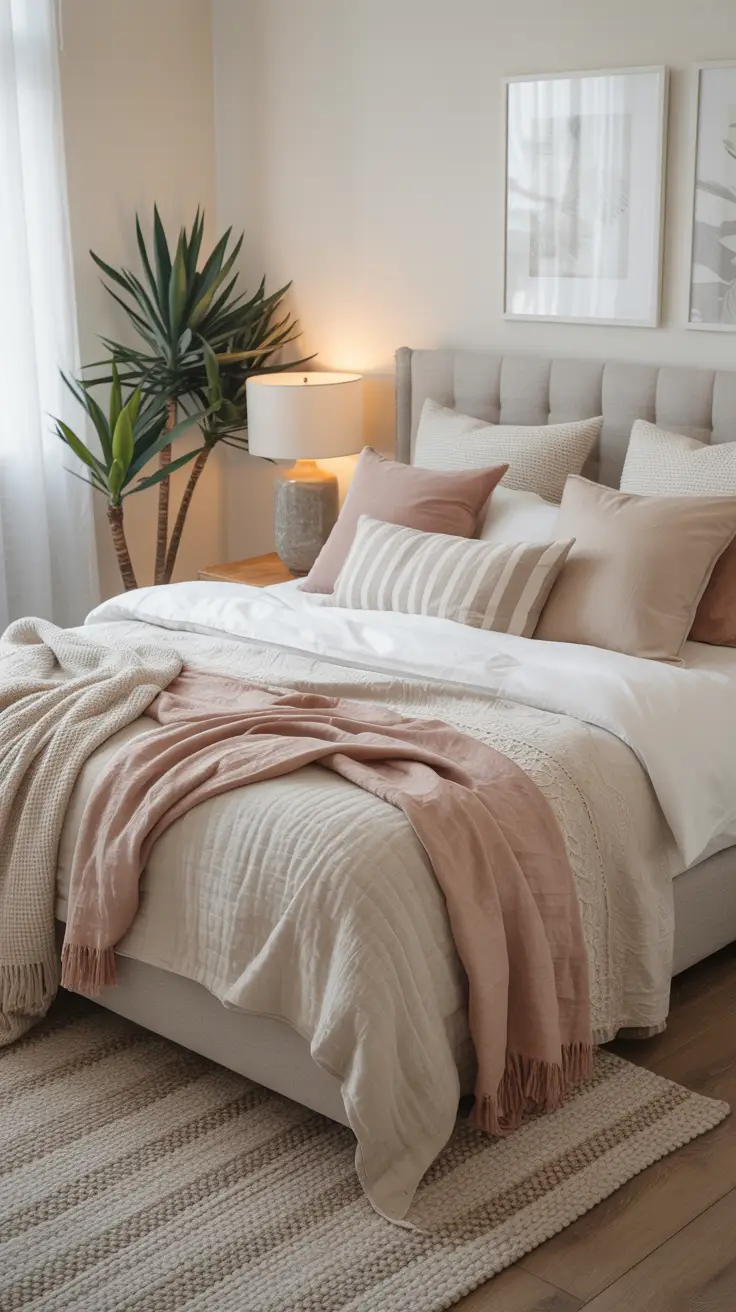
Add Personality with Wall Decor
Blank walls represent missed opportunities to express your personality and create visual interest. Art prints offer an affordable way to add color and style—consider creating a gallery wall with a mix of photography, illustrations, and prints that reflect your interests. Frame consistency helps unify diverse pieces, or embrace eclectic styling with varied frame styles and colors.
Statement mirrors serve double duty, adding visual interest while reflecting light to brighten your space. Large mirrors can make small bedrooms feel more spacious, while uniquely shaped mirrors become artwork themselves. Consider positioning mirrors to reflect attractive views or artwork from other areas of your room.
DIY wall decor projects allow you to create custom pieces that perfectly match your style and budget. Frame beautiful fabric panels for instant texture and color, create a photo collage using string lights for ambient lighting, or try your hand at a simple painted mural or geometric pattern. Wall tapestries, floating shelves displaying meaningful objects, and removable wallpaper accent walls offer additional ways to personalize your walls without permanent commitment.
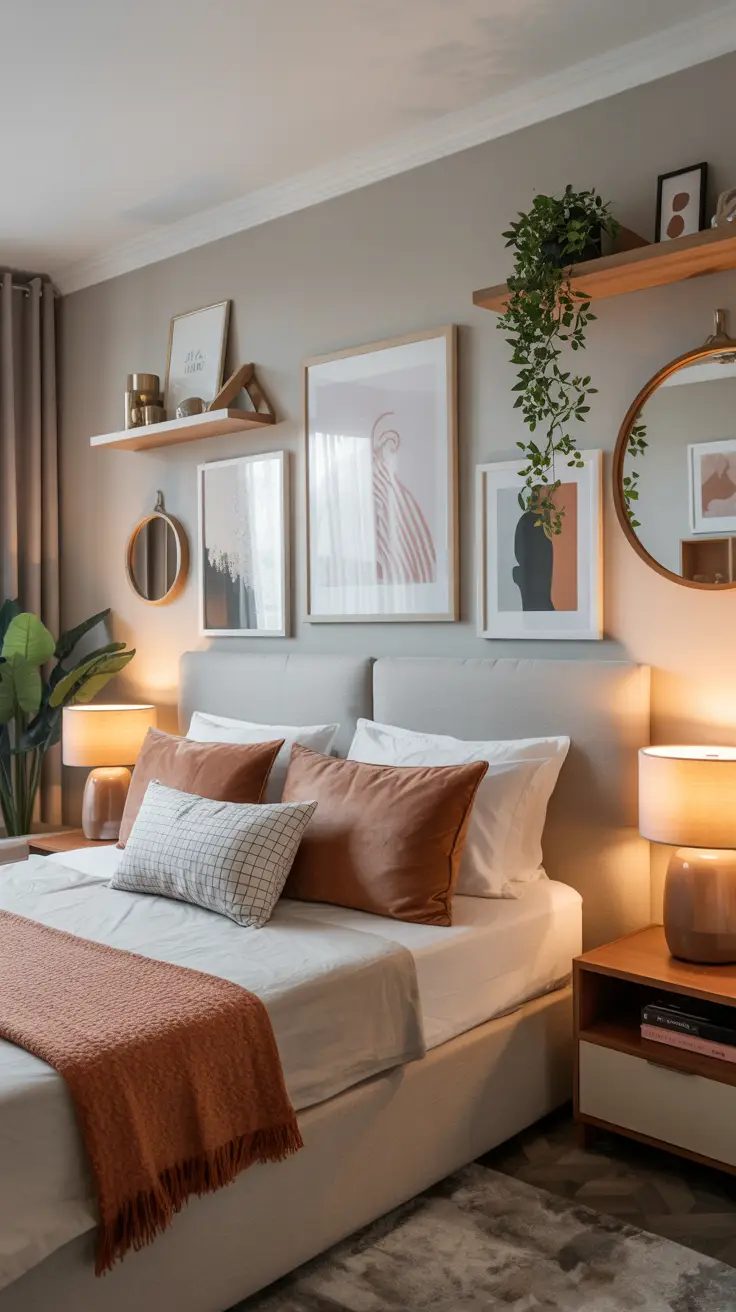
Create Ambiance with Lighting
Layered lighting transforms your bedroom from purely functional to genuinely atmospheric. Overhead lighting alone creates harsh shadows and lacks the warmth necessary for relaxation. Instead, combine multiple light sources at different heights and intensities to create flexibility and ambiance.
Bedside lamps provide essential task lighting for reading while adding style and symmetry to your space. Choose lamps proportional to your nightstands and bed size—oversized lamps can overwhelm small tables, while tiny lamps may look lost on large surfaces. Consider swing-arm wall sconces if nightstand space is limited; they provide directional light while freeing up surface area.
String lights aren’t just for college dorms—modern versions create magical ambiance when used thoughtfully. Drape them around your headboard, along window frames, or inside glass hurricanes for soft, romantic lighting. Pendant lights flanking the bed offer a contemporary alternative to table lamps, while dimmable ceiling fixtures allow you to adjust brightness throughout the day. Warm light (2700K-3000K) promotes relaxation, while cooler light (3500K+) energizes and works better for task-oriented activities.
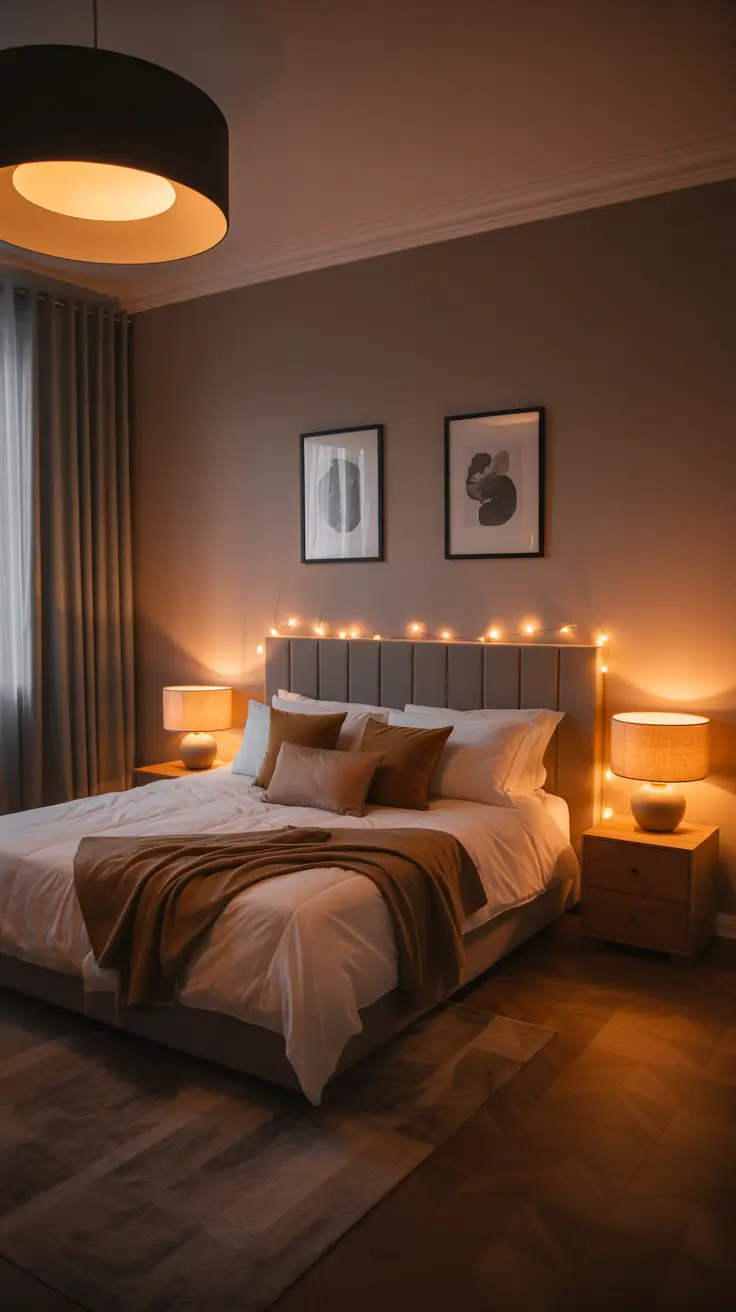
Maximize Storage Without Sacrificing Style
Effective storage prevents clutter while maintaining your bedroom’s peaceful atmosphere. Platform beds with built-in drawers utilize often-wasted space beneath your mattress, perfect for storing seasonal clothing or extra linens. Ottoman storage benches at the foot of your bed provide seating while hiding blankets, shoes, or other items.
Floating shelves offer display space without the visual weight of traditional furniture. Install them at varying heights to create interest while providing spots for books, plants, or decorative objects. Behind-the-door organizers maximize closet space, while under-bed storage boxes keep items organized and easily accessible.
Multi-functional furniture serves dual purposes in smaller bedrooms. Nightstands with drawers or shelves provide both surface area and storage, while upholstered storage benches offer seating and hidden storage. Tall dressers utilize vertical space more efficiently than wide, low dressers, leaving more floor space for movement. Remember that visible clutter disrupts the calm atmosphere you’re trying to create—invest in attractive storage solutions that keep everyday items organized and out of sight.
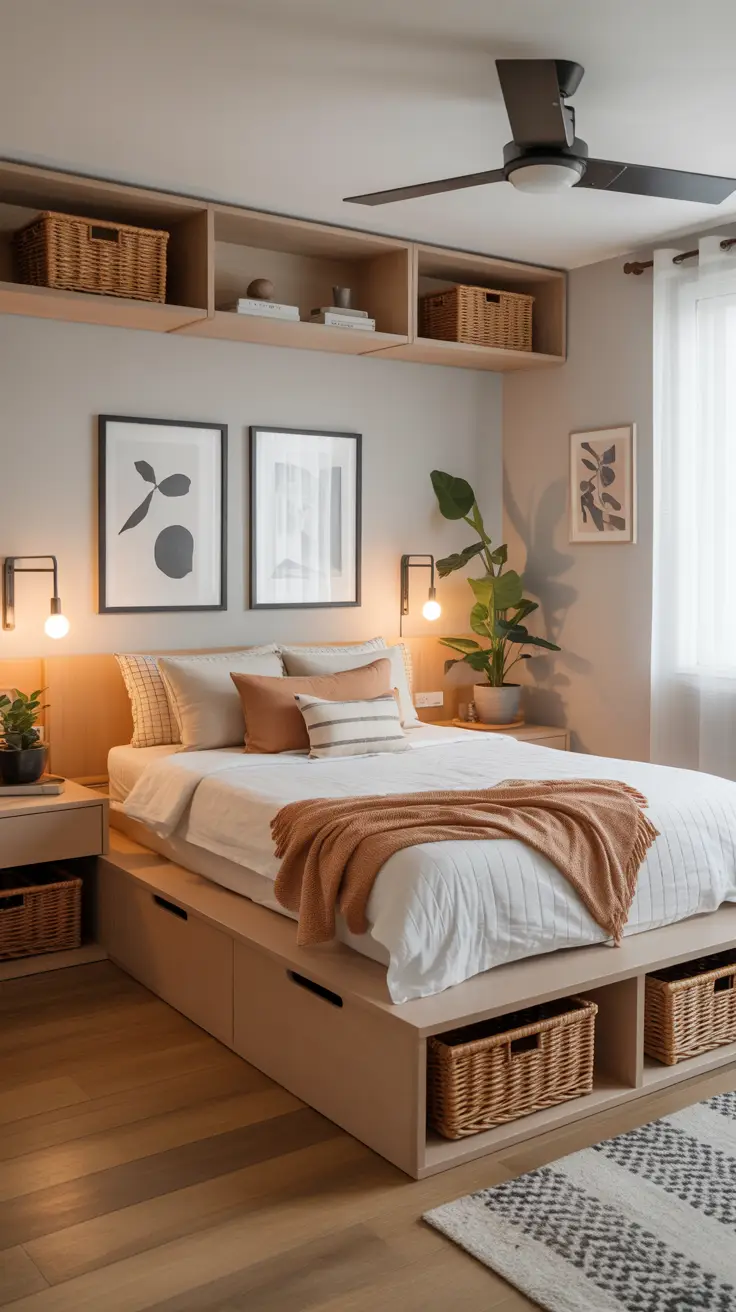
Add Texture with Rugs and Curtains
Soft furnishings like rugs and curtains introduce texture, color, and comfort while helping to absorb sound and regulate temperature. Area rugs define spaces within your bedroom and provide warmth underfoot, especially important for hard flooring surfaces. Choose rugs large enough to extend beyond your bed on both sides—this creates a cohesive look and ensures your feet land on soft surfaces when getting out of bed.
Layer different textures for added interest: a jute or sisal rug provides natural texture as a base, topped with a smaller, softer rug for comfort. Vintage or distressed rugs add character and work well with many decorating styles, while plush rugs in neutral tones provide luxury and comfort.
Window treatments offer privacy, light control, and style opportunities. Blackout curtains promote better sleep by blocking early morning light, while sheer panels filter harsh sunlight during the day. Layer both types for maximum flexibility—heavy panels for privacy and sleep, sheers for soft, diffused light during the day. Hang curtains close to the ceiling and extend them beyond the window frame to create the illusion of larger windows and higher ceilings.
Also Read:
30 Bedroom Wall Designs Ideas To Elevate Your Space
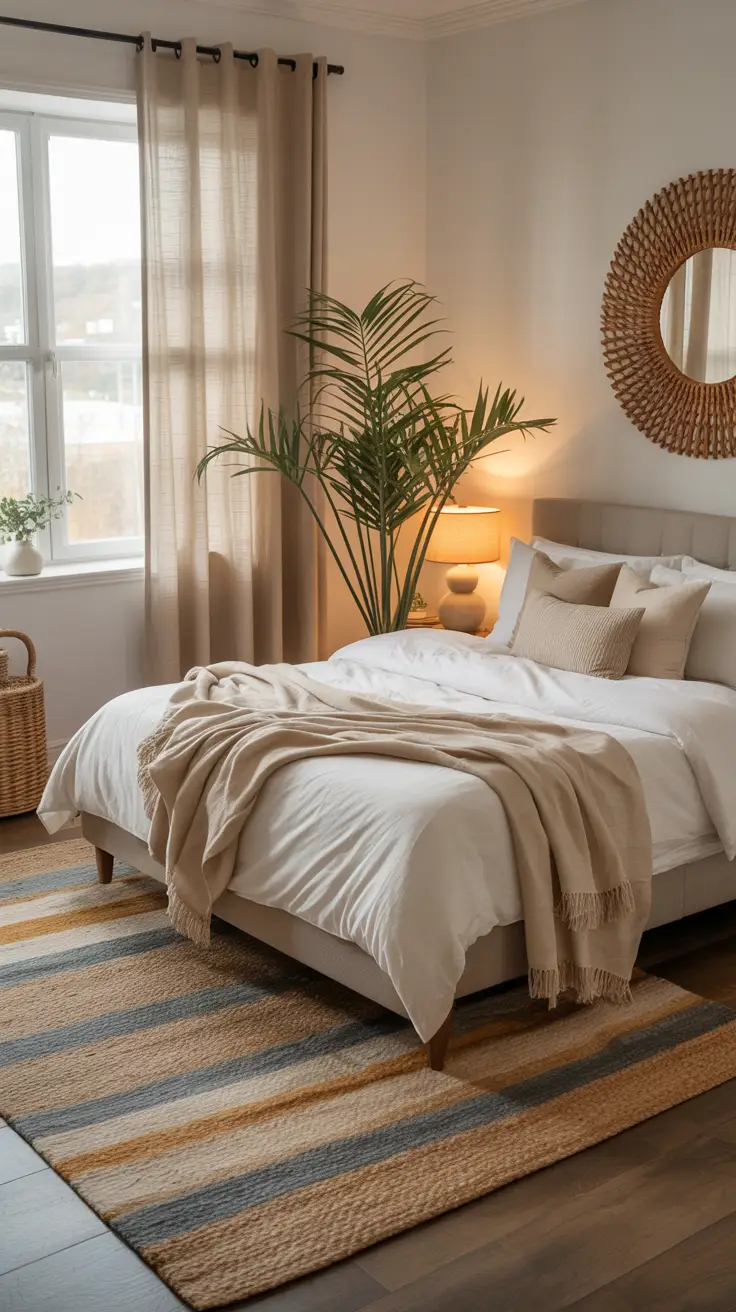
Incorporate Natural Elements
Natural elements bring life and serenity to bedroom spaces while improving air quality and connecting you with the outdoors. Plants offer the most obvious way to incorporate nature—snake plants and pothos thrive in lower light conditions common in bedrooms, while succulents require minimal care and add architectural interest.
Natural wood furniture introduces warmth and organic texture. Reclaimed wood nightstands, live-edge benches, or bamboo accessories bring nature indoors while supporting sustainable practices. Woven baskets provide stylish storage while adding natural texture—use them for storing throw pillows, magazines, or laundry.
Stone elements like marble accessories, crystal bookends, or river rock displays create grounding focal points. Natural fiber textiles such as jute, sisal, or hemp add texture while maintaining an organic feel. Even nature-inspired artwork or photography can bring outdoor serenity into your bedroom environment when living plants aren’t practical.
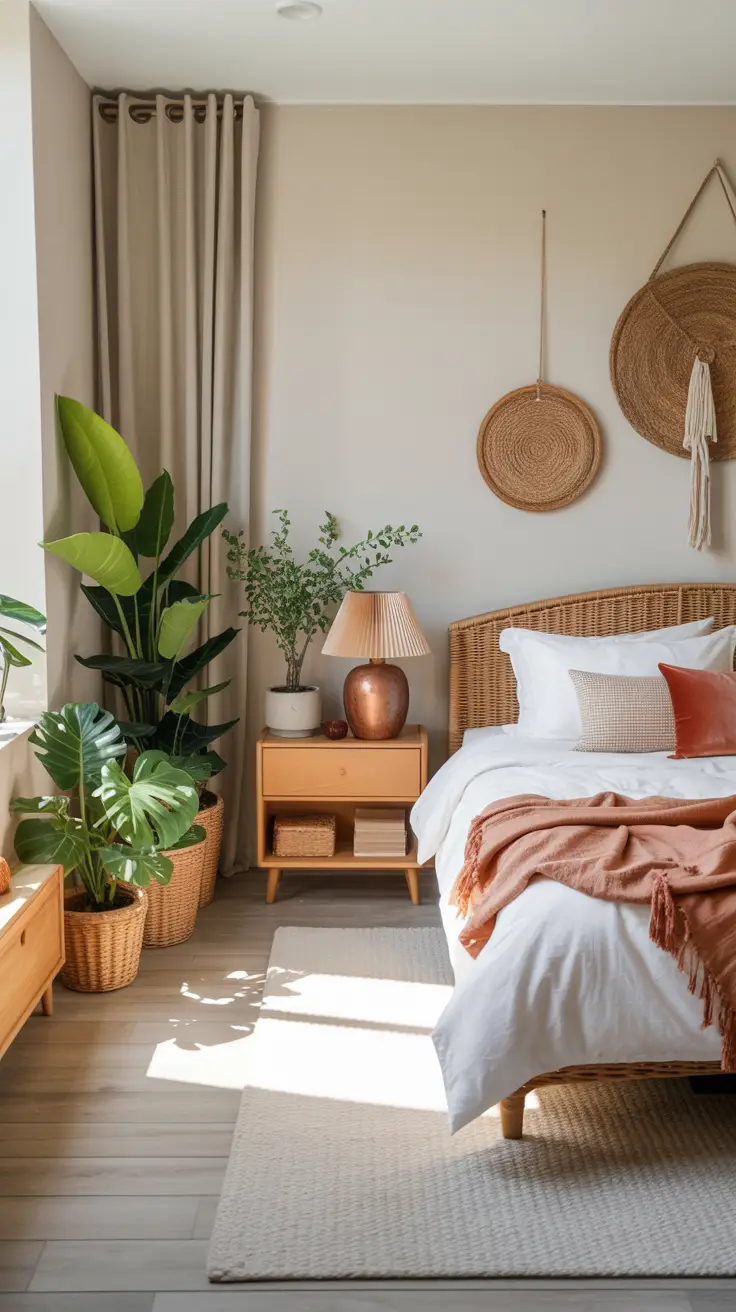
Create a Cozy Reading or Relaxation Corner
Dedicate a corner of your bedroom to quiet activities that promote relaxation and mental well-being. A comfortable reading chair transforms an empty corner into a personal retreat where you can unwind with a book, journal, or simply enjoy morning coffee. Choose a chair that fits your space and style—a sleek modern accent chair for contemporary bedrooms, or a plush armchair for traditional spaces.
Position your seating near a window for natural light, and ensure adequate task lighting for reading. A small side table holds your current book, reading glasses, or a cup of tea, while a soft throw blanket adds comfort and style. If space is extremely limited, consider a window seat with storage underneath, or even a floor cushion arrangement with a small bookshelf nearby.
This personal space doesn’t need to be large to be effective—even a small chair with good lighting and a few meaningful books creates a retreat within your bedroom. The key is dedicating the space specifically to relaxation rather than using it for storage or other practical purposes.
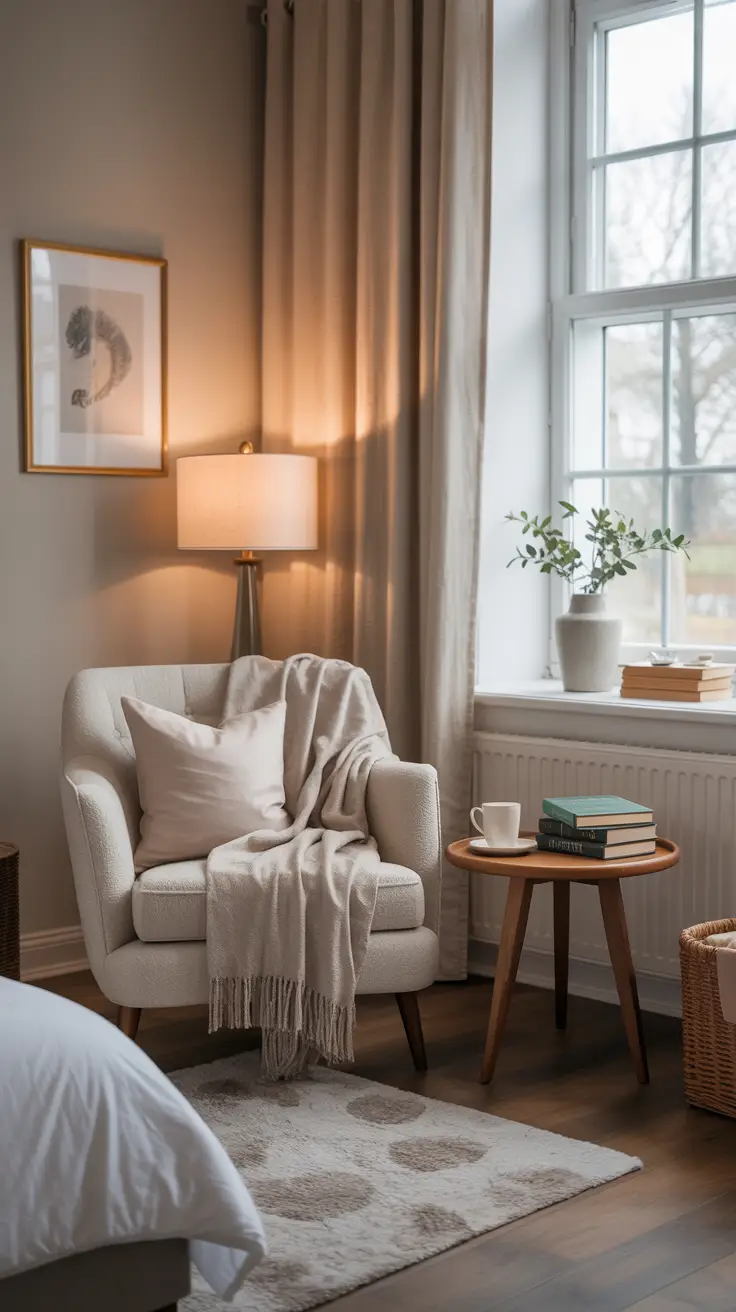
Use Mirrors to Brighten and Enlarge the Space
Strategic mirror placement can dramatically improve your bedroom’s light and sense of space. Position mirrors opposite windows to reflect natural light throughout the room, effectively doubling the available daylight. Large mirrors create the illusion of expanded space, particularly valuable in smaller bedrooms where every square foot counts.
Consider mirrors as decorative elements rather than purely functional items. Ornate vintage mirrors become statement pieces, while modern geometric mirrors add contemporary flair. Multiple small mirrors arranged in a cluster create visual interest while providing the light-reflecting benefits of larger pieces.
Mirrored furniture like nightstands or dressers reflects light while providing necessary storage and surface space. However, avoid overwhelming your space with too many reflective surfaces, which can feel cold or disorienting. Balance mirrors with warm textures and matte finishes to maintain comfort and coziness.
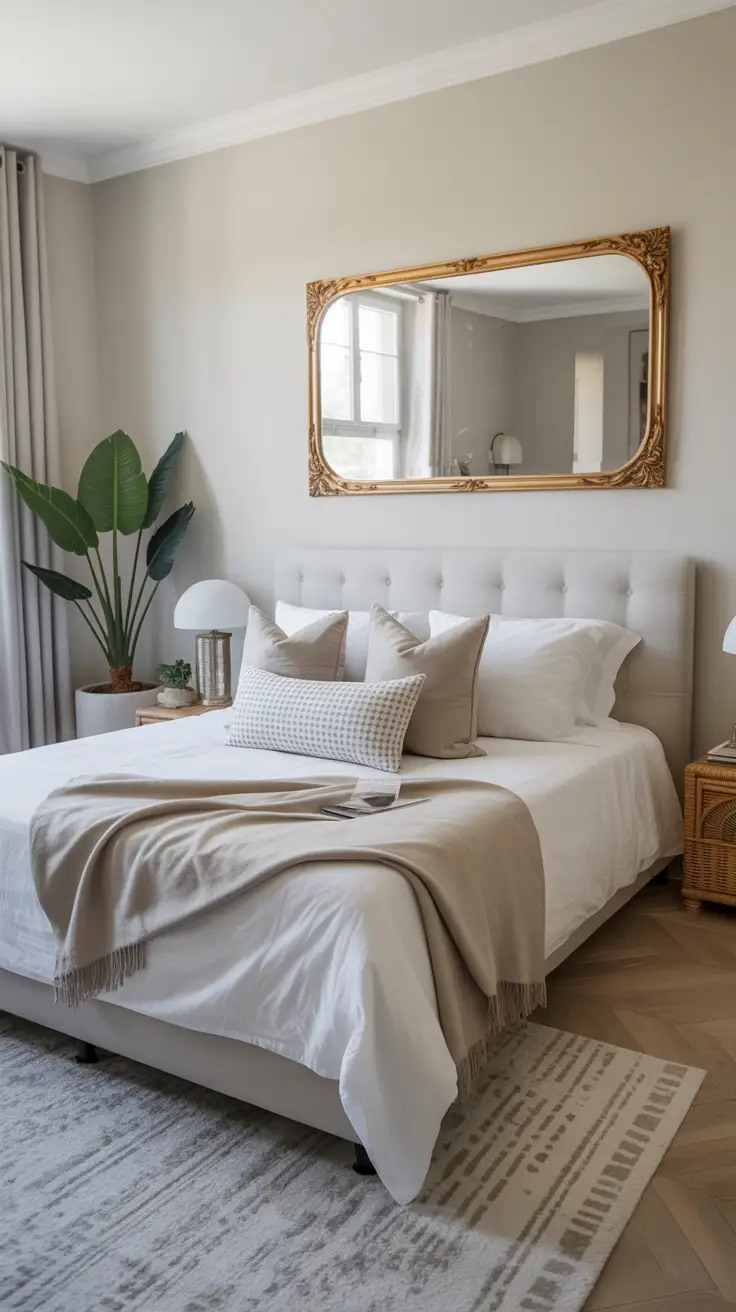
Add a Touch of Luxury
Affordable luxury touches elevate your bedroom’s overall feel without requiring significant investment. Metallic accents like brass picture frames, copper planters, or silver decorative objects catch light and add sophistication. Mix metals for contemporary appeal, or stick to one metal family for classic elegance.
High-quality textiles provide immediate luxury upgrades. Invest in one beautiful cashmere throw, silk pillowcase, or Egyptian cotton sheet set rather than multiple lower-quality items. The difference in feel and appearance justifies the investment and improves your daily comfort.
Statement lighting serves as both functional necessity and luxury accent. A beautiful chandelier, unique pendant light, or elegant table lamps become jewelry for your room while providing necessary illumination. Even simple lighting upgrades like dimmer switches or smart bulbs that adjust color temperature throughout the day add convenience and sophistication to your daily routine.
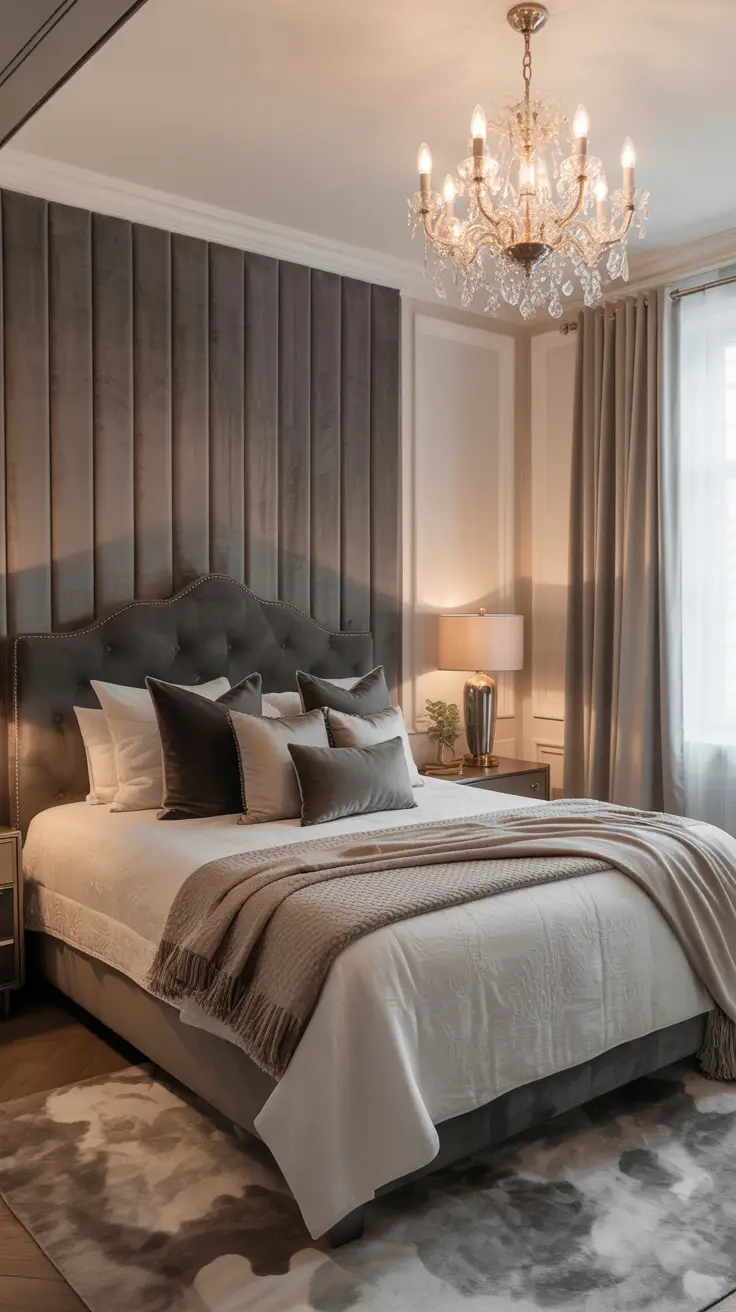
Personalize with Meaningful Decor
Your bedroom should tell your story through carefully chosen personal touches that bring joy and meaning to your daily routine. Display photographs that make you smile—family memories, travel adventures, or artistic shots that inspire you. Create a small gallery wall with images that represent important people and experiences in your life.
Incorporate items collected from travels or special occasions. That beautiful bowl from your anniversary trip, the vintage book collection inherited from a grandparent, or artwork created by a friend all add personal significance that generic decor items cannot provide. These meaningful pieces create conversation starters and daily reminders of positive experiences.
DIY projects allow you to create one-of-a-kind pieces that perfectly match your style and space. Hand-painted canvases, refinished vintage furniture, or crafted textile art ensure your bedroom reflects your creativity and personal aesthetic. Even simple projects like decoupaging picture frames or creating custom artwork make your space uniquely yours.
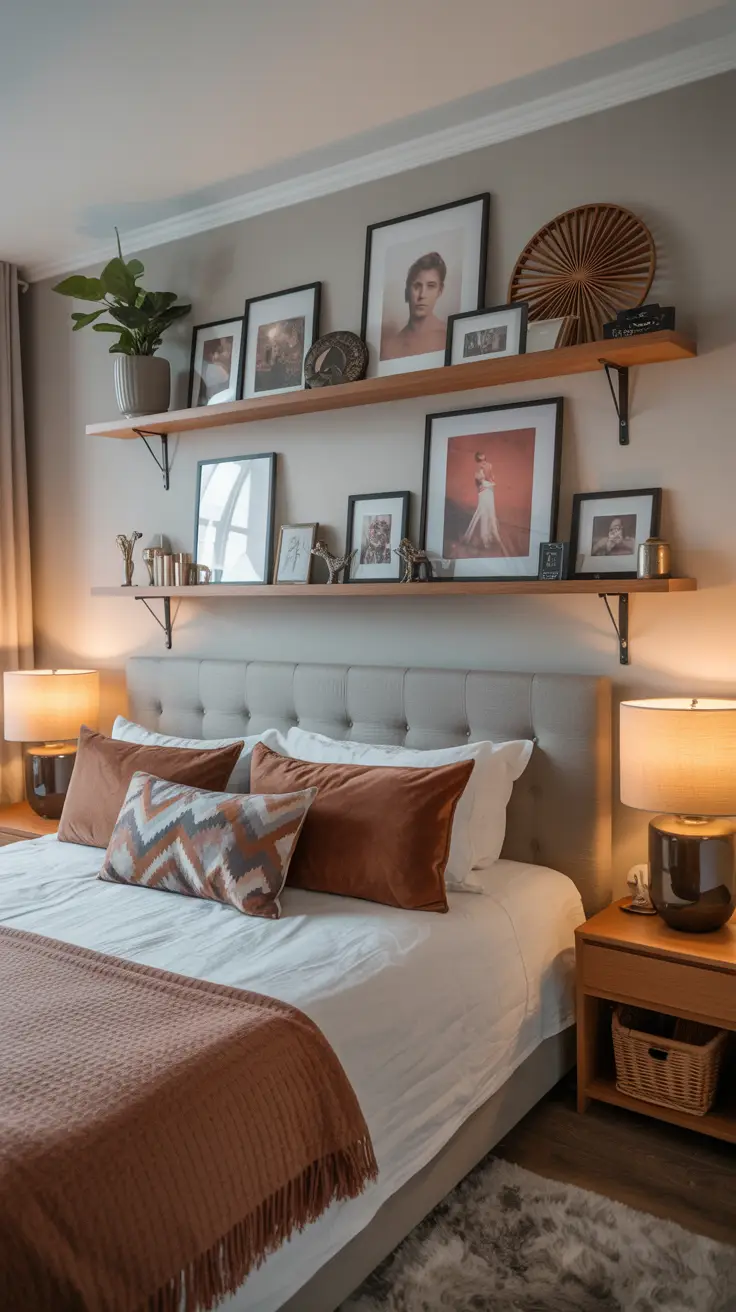
Keep It Clutter-Free and Balanced
Maintaining a clutter-free bedroom is essential for both aesthetic appeal and quality sleep. Visual clutter increases stress and makes relaxation difficult, while physical clutter can disrupt sleep quality and morning routines. Implement daily habits that prevent accumulation—make your bed each morning, put clothes away immediately, and clear nightstand surfaces before sleep.
Design balance prevents your room from feeling overwhelming or off-kilter. Distribute visual weight evenly throughout the space—if you have a large piece of furniture on one side, balance it with artwork, plants, or other elements on the opposite side. Vary heights and textures to create interest while maintaining overall harmony.
Regular editing keeps your bedroom focused and serene. Seasonally review your decor, removing items that no longer serve you or bring joy. This practice prevents gradual accumulation of unnecessary items while ensuring your space continues to support rest and relaxation. Remember that in bedroom design, less is often more—every item in your space should serve a purpose or bring genuine pleasure.
Create Your Perfect Sanctuary
Decorating a bedroom successfully requires patience, planning, and attention to both form and function. By following these fourteen essential steps, you’ll create a space that supports restful sleep while reflecting your personal style and preferences. Remember that great bedroom design evolves over time—start with the basics and gradually add layers of comfort and personality.
Focus on creating a space that serves your specific needs and lifestyle. Whether you prefer minimalist serenity or maximalist comfort, the principles remain the same: choose a cohesive color palette, invest in quality basics, add meaningful personal touches, and maintain organization for optimal relaxation.
Your bedroom should be your favorite room in your home—a place where you look forward to beginning and ending each day. Take time to implement these changes gradually, allowing yourself to live with each modification before moving to the next. The result will be a bedroom that truly serves as your personal sanctuary.
